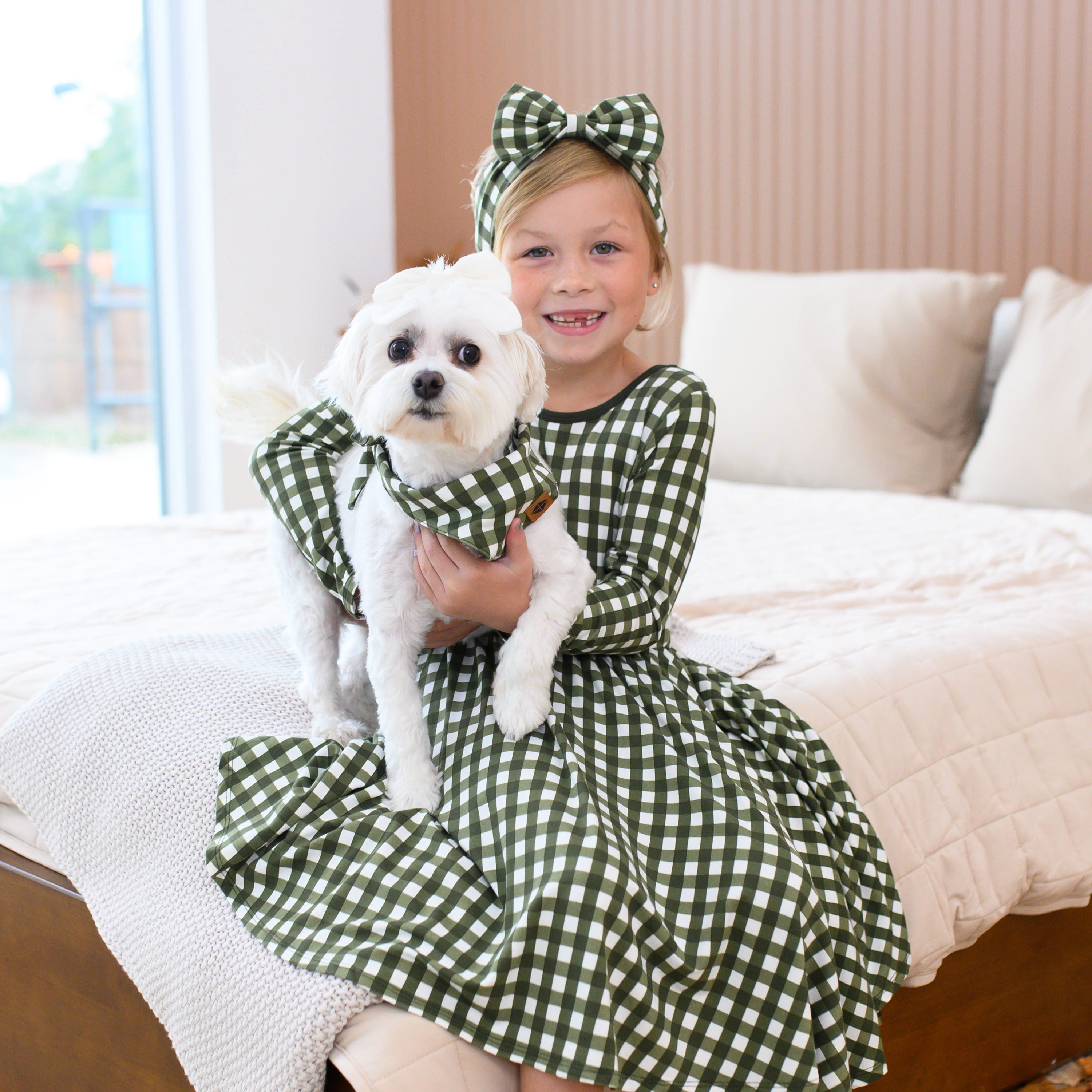Summer is upon us, and nothing cools us off like going for a nice refreshing swim. If you’re a new parent, or have a small infant, it can be difficult to get the free time to do such things alone. Going to the swimming pool is a great way of spending time together as a family, but your little one is too young to know how to swim. So, how do you go about teaching your child how to swim?
Relax
The very prospect of holding your vulnerable baby in the water and learning to let go can be a daunting prospect for many mothers, but don’t let your apprehensions stop you from adding to your little one’s quality of life. Take a deep breath and relax. Don’t rush into things. When you’re teaching your baby or infant how to swim, you don’t just drive on down to the community pool and hope for the best. It is a gradual process.
Don’t let a potentially fun and memorable event turn into another stress or worry; there’s already enough to worry about. Once you get over the initial panic of relaying every potential bad scenario in your mind, it’s time to be realistic. You’ll be right beside them, quick to lift them up if they lose balance, and pools have shallow ends that are perfect for teaching swimming. So, now that you’ve eradicated the negative thoughts from your mind, it’s time to learn about the process of teaching your child how to swim:
Bath Time
The best way of getting your baby used to the water is by starting with bath time. Now, who doesn’t love bath time with their little one? They splash about and giggle, and they are mesmerized by their squeaky rubber ducky! While they’re so happy and relaxed, you can experiment with different ways of introducing them to being in the water. You can join them in the bath and put your head underwater, emerging with a bright smile. This will show them that going underwater is not a scary thing. Next, you can gently place your hands securely round their head and put them back gently without submerging them. They will get the feel of the water around their fine baby hair and back of head.
As in all things, parental wisdom is the best form of advice. You know your baby best, so take it as slowly as you like. The key is to get them to become comfortable in a water environment.
Advancing to a Swimming Pool
As soon as you feel like your baby truly enjoys being in the bath, you can venture out to a swimming pool. You might have a plastic, metal, or built in one or your background, or you might have a friend with one who also has a baby or infant. Alternatively, you can use the community pool. Make sure you choose somewhere that has pricing and membership arrangements to suit your lifestyle: it can be a nuisance having to pay for a full year of membership when you only use a service occasionally.
Teaching your baby or infant how to swim in the swimming pool is really a natural skill for mothers. You simply hold them in the water and test to see if they can keep themselves afloat. If they start to go under the water, you simply make a funny face and bounce them in the air in order to prevent them from becoming anxious. You should avoid floatation devices as a general rule, simply because it will inhibit their learning. However, you don’t need to be draconian about it. On your first trip, if you want to use one, use one! Just try not to make it a habit.
When to Bring Your Baby to a Swimming Pool
Now, you’re obviously not going to bring your newborn baby to the local pool, but the sooner you get your child introduced to the wonders of swimming, the better. You can actually start as early as eighteen months old. The longer you wait, the more aware the baby will be of their environment. Babies only know a very primal form of fear. You don’t see babies with social anxiety or phobias, for example. As we get older and our thoughts become more developed, there are simply more thought patterns available that can produce fear. Thus, trying to teach an eight year old how to swim is a lot more complicated than teaching a baby. Surprising, isn’t it?























